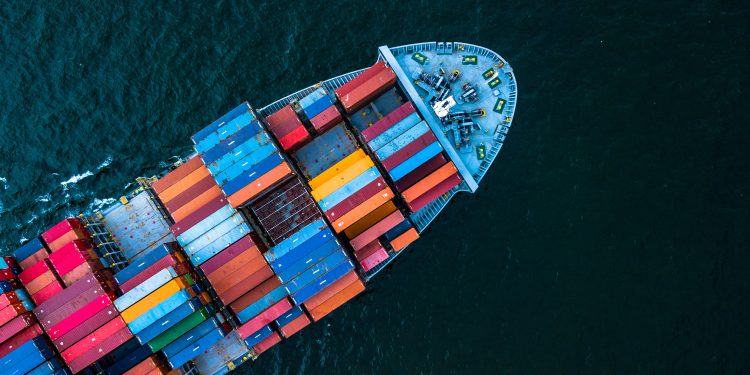A muted peak shipping season in 2022 has prompted a downward shift for freight rate levels as effective vessel supply increases and demand into some key import markets slows, says DHL.
However, container lines have responded too slowly, according to most shipping analysts, by blanking sailings for Golden Week in early October. More blank sailings and service suspensions are now expected.
Even so, with the orderbook set to deliver huge amounts of new box capacity next year, many are now wondering where the floor is for container shipping. Indeed, reports suggest that carriers are aggressively seeking cargo and preparing to lay ships ups
added DHL.
Furthermore, DHL’s monthly Ocean Freight Market Update noted that the capacity demand and supply balance is much improved, although the blanked sailings by carriers in early October could be a sign of more service cuts to come.
Logistics bottlenecks also remain in Asia. The Chinese government’s dynamic zero Covid-19 policy has impacted major manufacturing and exporting centers like Chengdu, Dalian, Guangzhou, Shenzhen and Tianjin. Whilst port operations are exempt from restrictions, manufacturing and inland logistics have been affected to varying degrees.
Continuing, after container lines racked up profits of USD 400 billion from Q2 2020 to Q2 2022, shipping analyst firm Drewry expects the period of ‘managed decline’ now underway to determine how much of those super-cycle returns carriers will keep.
Lines face an enormous challenge taming the one thing they have control over – supply. The problem is – there is a lot of it, and they are being attacked on multiple fronts
reported Drewry.
One of those fronts is that latent capacity “lost” due to supply chain/port congestion is now returning to the market as bottlenecks ease. “As congestion fades, capacity will increase inversely and for 2023 we see bottlenecks on their own only stripping around seven percent of effective capacity from the market,” noted Drewry.
Another factor weighing heavily on the supply side of the container shipping market is vessel ordering over the last two years. This has pushed the global orderbook-to-fleet ratio to just under 30% by late September, up from a low of around nine percent some two years prior, according to Alphaliner.
Considering the above, the demand side outlook continues to weaken on war risk, skyrocketing energy costs, political instability and general inflation, all of which are now impacting overall consumer spending and thus trade volumes.
Additionally, while the economic picture is far brighter in the U.S. than in Europe, the import boom is now slowing.






























































